Photos
- No uploaded files
Description
- 1084
- Leg (lower calf), fragment
- late 2nd-3rd c. AD
- White marble, densely grained
- L. max. ca 13.3 cm along the shin; th. (depth) min. 9.5 cm at the attachment to bone of the calf muscle, w. max 8.9 cm, min. 7 cm at the ankle bone.
- Broken at top and bottom.
- This is the lower portion of the naked calf of a life-size or even slightly over-life-size figure, probably male because of the emphasis on visible muscle and bone. It preserves the inner and outer protruding ankle bone and the lower part of the shin; behind is the tapering swell of the lower calf muscle as it thins to the Achilles tendon. The triangular contours of this tapering muscle are strongly demarcated by a wide shallow groove (ca. 5 cm across) to a length of ca 5 cm from the lower edge. The leg seems to have been extended straight, and was perhaps the weight-bearing leg of a figure in a contrapposto stance.
- There are no traces of military boots, so this cannot be the bare calf of a typical emperor portrait in knee-length tunic. The other option is of a piece of so-called Idealplastik, perhaps a generic youth or ephebe, or a specific deity or hero, in a display of classicizing images suggesting Greek masterpieces. The piece is datable perhaps to the later Roman period (3rd c.?) because of the simplicity and stylization of the contour definition of the calf muscle. Those two shallow defining grooves are very wide, and non-veristic in their consistent width; moreover, the sculpture lacks any other plastic modulation of muscle and bone contour of the kind we would expect of 2nd-c. sculpture, even in its latest decades. By its monumental scale, though, we would not expect this figure to emerge in the later 4th c..













